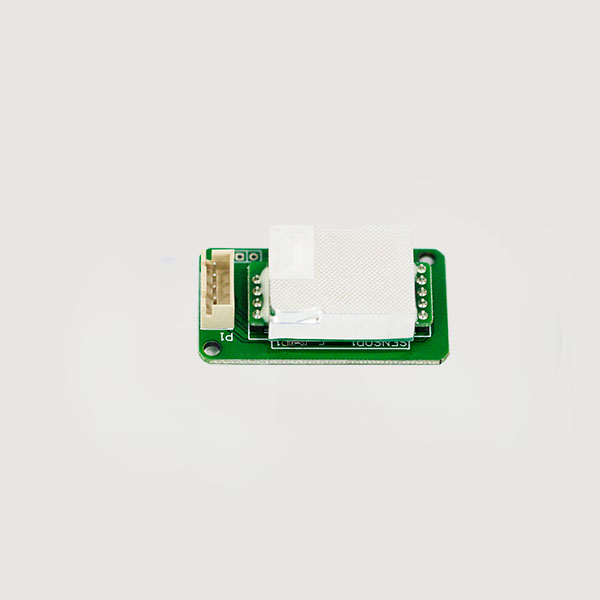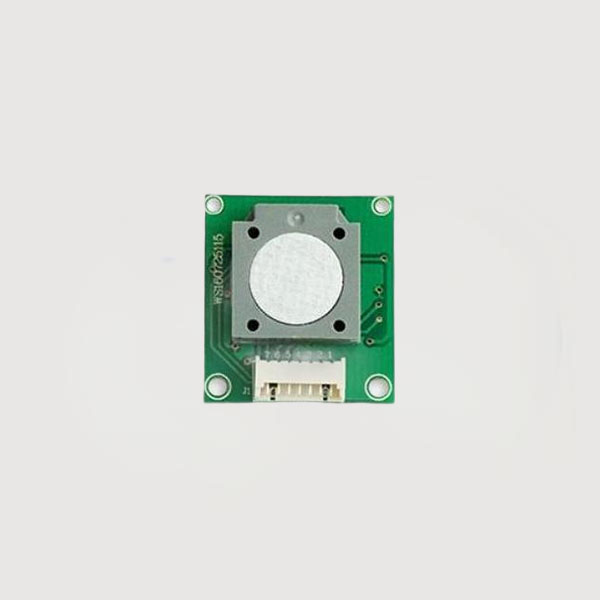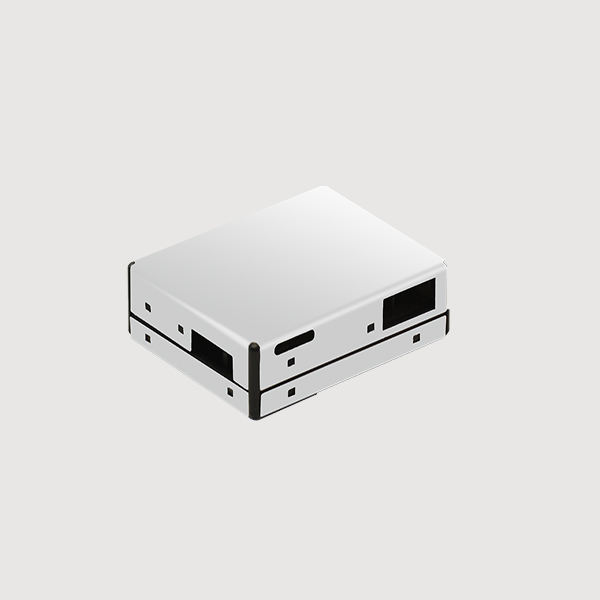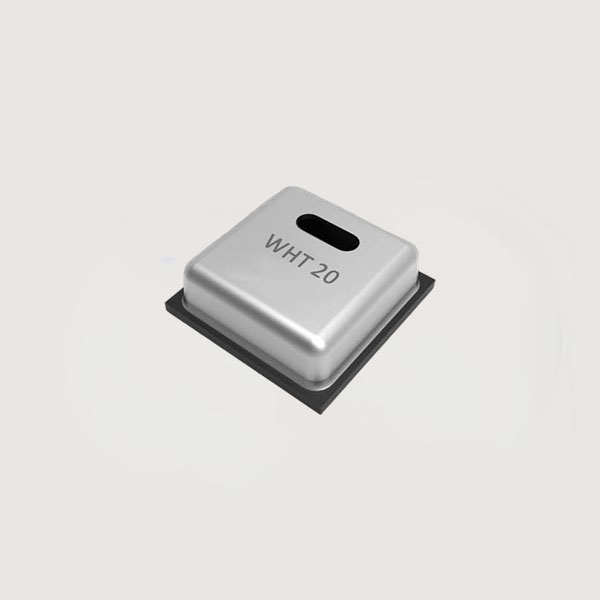

 News
News Industry News
Industry NewsDriven by the wave of consumption upgrading, the home appliance market is undergoing a profound change from "meeting basic needs" to "pursuing quality life". As an important part of modern home, environmental appliances closely focus on the core concept of "technology empowering healthy life", integrate cutting-edge technologies, and present a diversified and intelligent development trend. A series of environmental appliances such as air purifiers, fresh air systems, and humidifiers are committed to improving air quality and living comfort, and are constantly realizing functional iteration and upgrading through technological innovation.
In people's daily lives, indoor air quality has a vital impact on health and comfort. Indicators such as formaldehyde, PM2.5, and carbon dioxide concentration are directly related to our physical health. The key to the precise adjustment of indoor environment by intelligent environmental appliances lies in their built-in sensors. These sensors are like the "smart eyes" and "sensitive tentacles" of environmental appliances, which can monitor environmental changes in real time and automatically adjust the working mode of the equipment to create a comfortable and healthy living space for users.

As the core component of environmental appliances, sensors play an irreplaceable role in the operation of equipment. It can keenly sense physical quantities such as temperature, humidity, pressure, light intensity, sound, gas concentration, etc. in the environment, and convert this information into electrical signals, and provide data support for equipment operation through digital processing and analysis. In the field of environmental electrical appliances, carbon dioxide sensors, formaldehyde sensors, dust sensors, temperature and humidity sensors, etc. are widely used.
1.Carbon dioxide(CO2) sensors can monitor indoor carbon dioxide concentrations in real time. When the concentration increases, it will issue instructions in time to automatically adjust the amount of fresh air introduced or change the working mode of the air purifier to ensure that the indoor air is always fresh, and effectively avoid discomfort symptoms such as dizziness and drowsiness caused by excessive carbon dioxide concentration.

TX-Z19D Carbon Dioxide Gas Sensor
2.Formaldehyde(CH2O) sensors can accurately measure indoor formaldehyde concentrations. Once it detects that the formaldehyde concentration exceeds the standard, it will immediately issue an alarm, and at the same time link the air purifier or fresh air system to quickly reduce the indoor formaldehyde content, providing solid protection for the user's living health.

3.Dust sensors are mainly responsible for real-time monitoring of indoor dust concentrations and providing accurate data for air purifiers. Based on these data, air purifiers can more efficiently filter indoor dust, pollen and other allergens, reducing the risk of respiratory diseases.

4.The temperature and humidity sensor focuses on monitoring the changes in indoor temperature and humidity. It can automatically adjust the working status of humidifiers, air conditioners and other equipment according to the parameters set by the user, maintain the indoor temperature and humidity at a suitable level, and greatly improve the comfort of living.

WHT20 MEMS type Temperature and Humidity Sensor
With the continuous advancement of science and technology and the increasing awareness of people's health, the application of sensor technology in environmental appliances will continue to upgrade. In the future, environmental appliances will become more intelligent and efficient, bringing more surprises and convenience to modern home life, making health and comfort within reach.